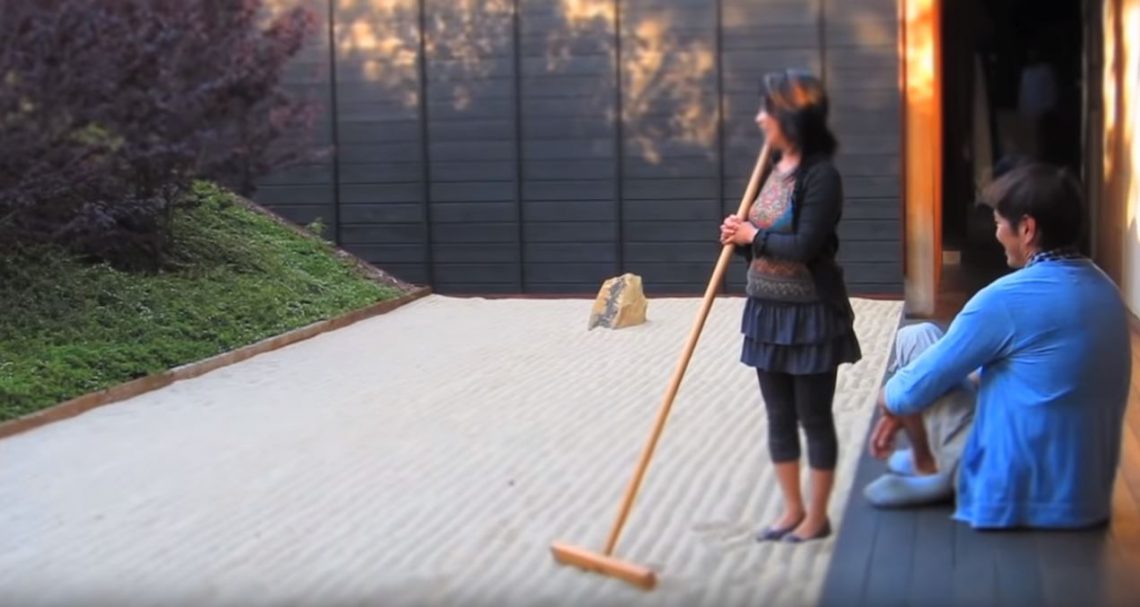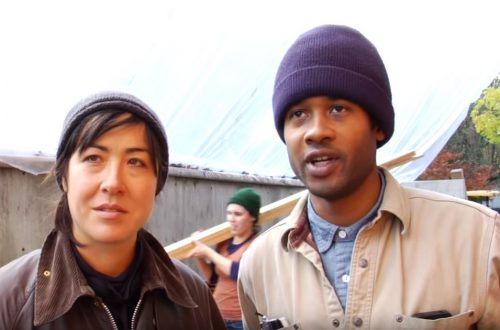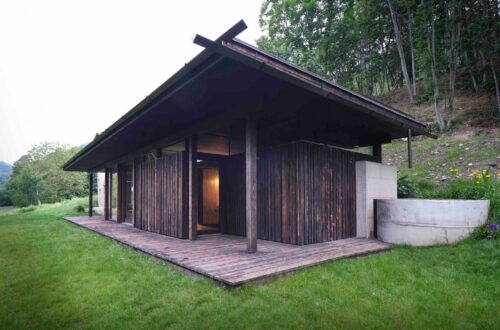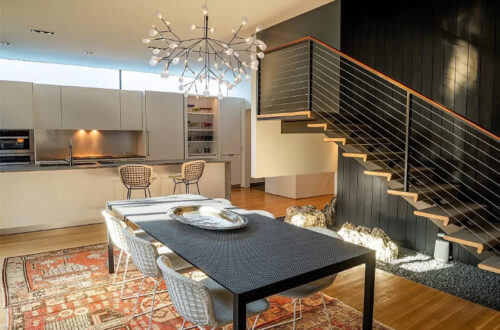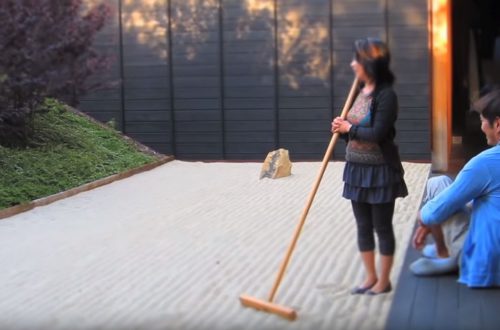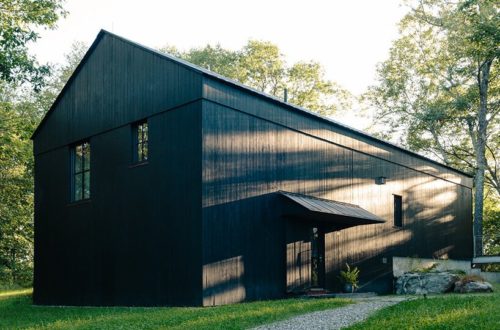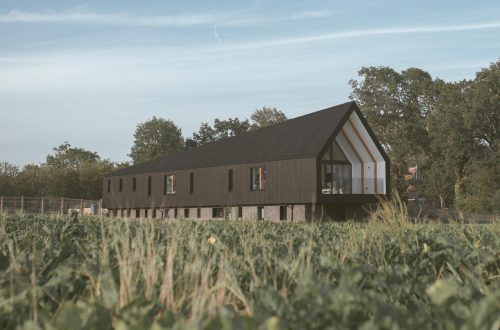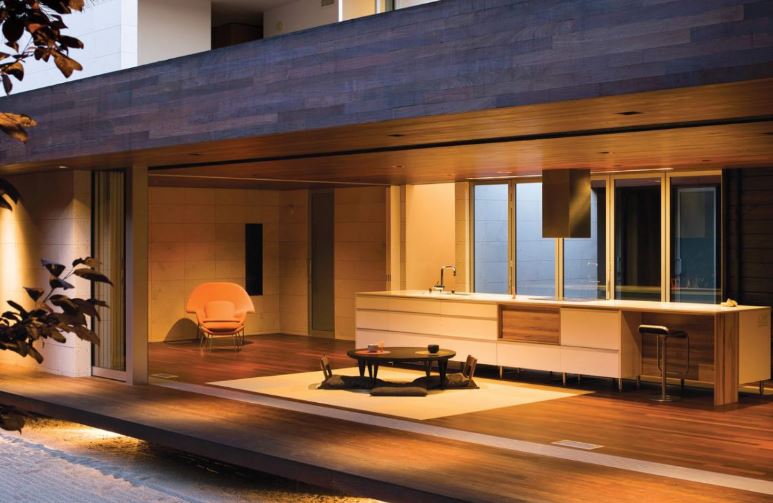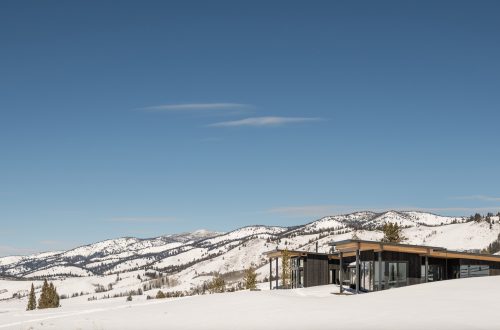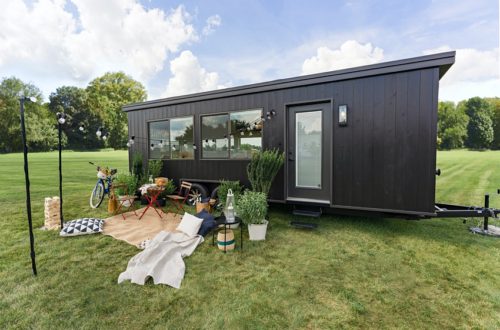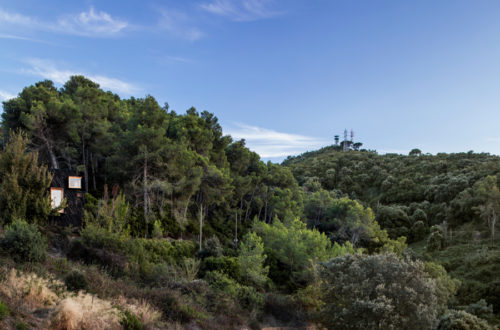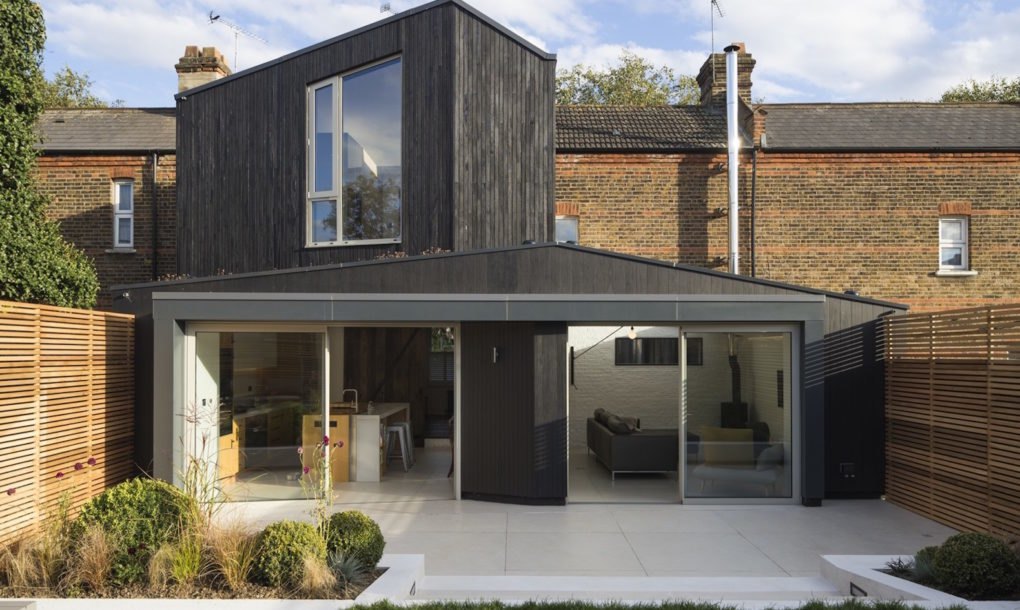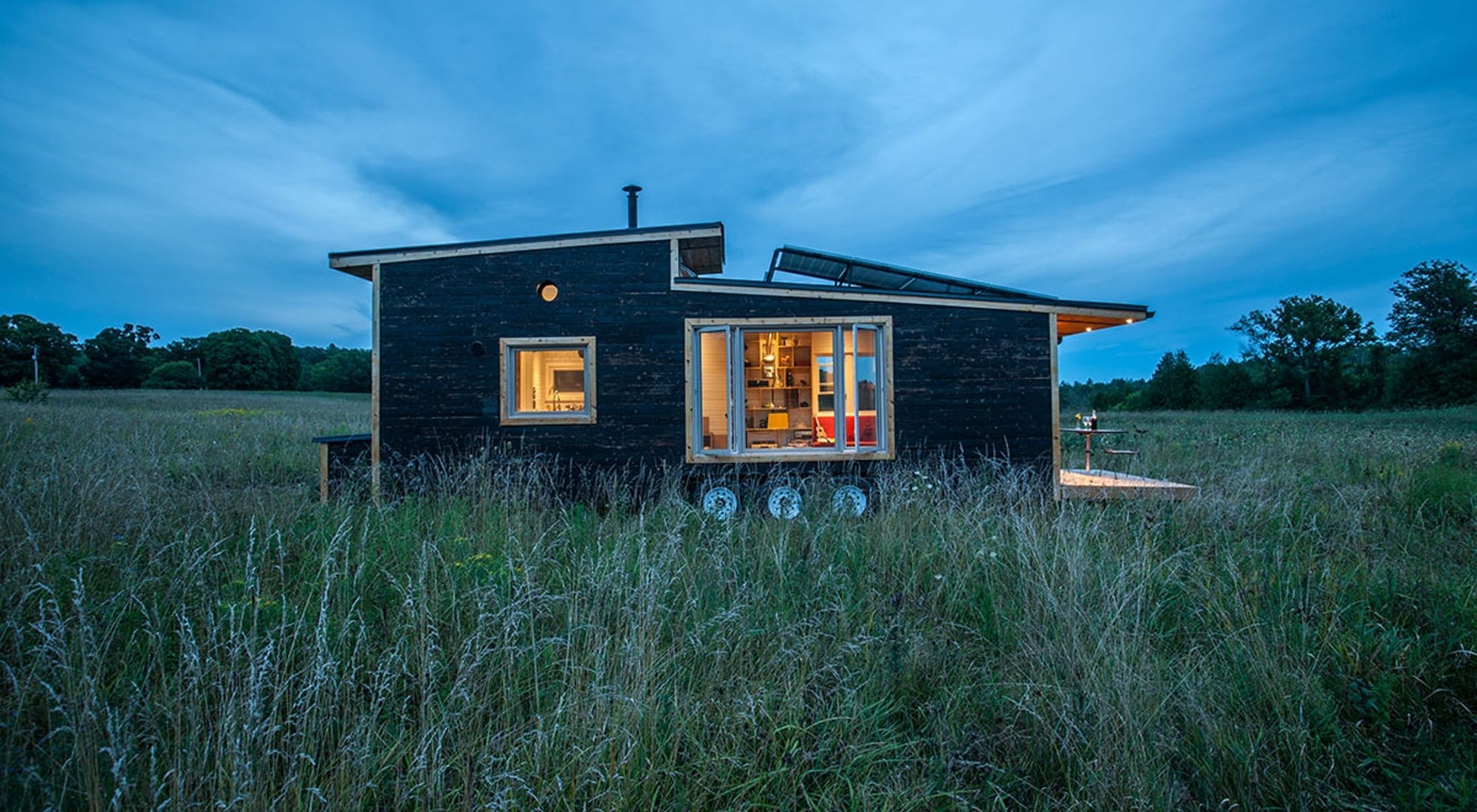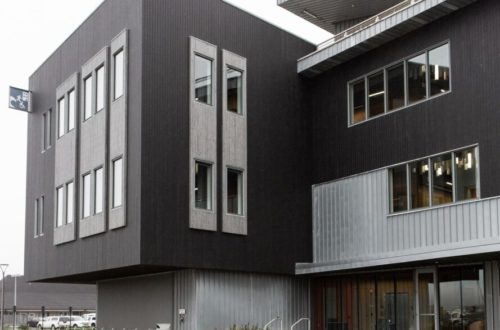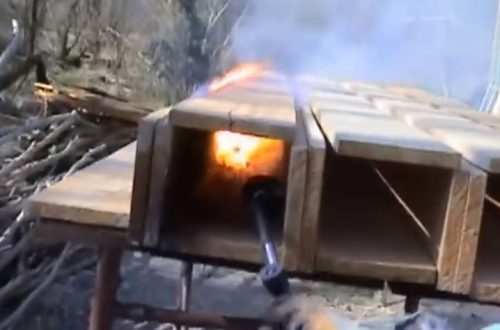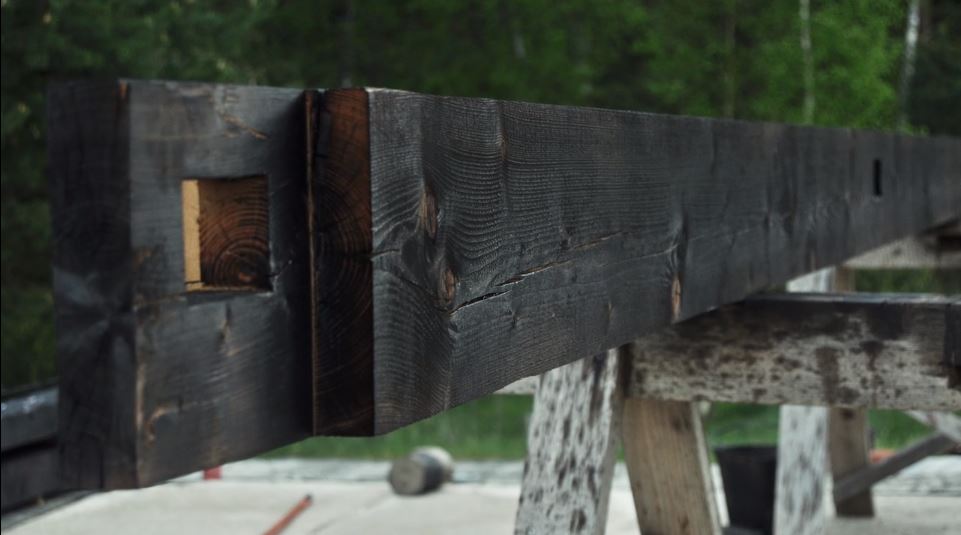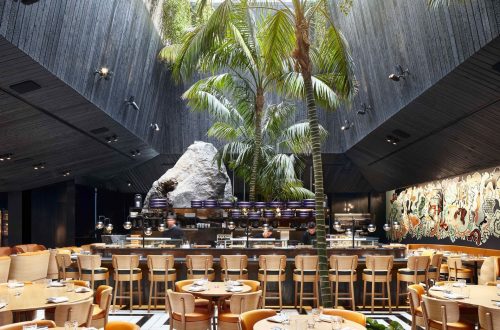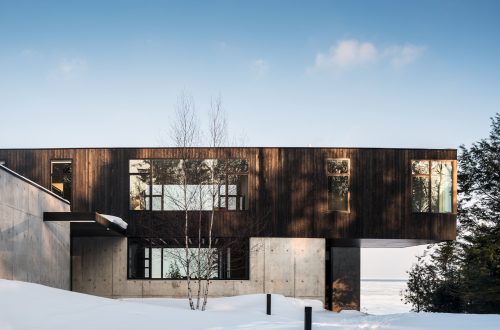-
The Wabi House: Behind the Scenes
Enjoy this insider’s tour of the perfect Japanese-inspired wabi-sabi fortress in Carlsbad, CA. Thanks to Sebastian Mariscal Studio and homeowners Shino and Ken Mori for creating a relaxing zen retreat that we can all enjoy for a few minutes.
-
Shou Sugi Ban Performing Arts Center
Studio Seilern Architects‘ Shou Sugi Ban performing arts center is intended to look as if it is emerging from the woods at Wellington College in Berkshire, England. The circular GW Annenberg Centre was designed by Studio Seilern Architects on the campus of the independent day and boarding school, which sits within some 160 hectares of parkland. The form was inspired by Greek amphitheatres, and the centre combines a 900-seat auditorium with a Cultural Living Room – a foyer that doubles as a cultural hub capable of housing exhibitions, smaller performances or gatherings. “The shape was generated for two reasons. It creates a collegiate atmosphere, where everyone sees each other, and helps to integrate the building within…
-
Atypical Modern SoCal Shou Sugi Ban Home
The Wabi House, designed by architect Sebastian Mariscal for the Shino and Ken Mori, is, on its face, not much. In fact, from the perfectly ordinary Southern California suburban street on which it sits, it’s little more than a white cube rising from a black rectangle of a charred cedar Shou Sugi Ban facade. But just as the Zen tradition encourages the home’s residents to find greater meaning within, so too does the Wabi House itself. “From the list of what Shino and Ken wanted and didn’t want, I could sense that they were sub-consciously requesting an introspective house,” says the bicoastal Mariscal, who has offices in Woodstock, New York,…
-
Green Roof and Shou Sugi Ban Update Victorian-era Home
To embrace indoor/outdoor living, this Victoria-era house in London is outfitted with a handsome new extension wrapped in Shou Sugi Ban cladding. Designed by Neil Dusheiko Architects, the Black Ridge House provides a modern contrast to the original home’s Victorian brickwork. Inspired by biophilic design principles, the new-build was constructed with several energy-saving features — such as a green roof and underfloor heating — and sustainably sourced timbers to connect the home to nature. Inspired by the roof-lines of the area’s early Warner houses, the Black Ridge House features gabled volumes clad in Kebony, a sustainable and durable alternative to tropical hardwood. The engineered wood was charred using the Shou Sugi Ban technique to create a…
-
The Birth Of A Wooden House
For anyone interested in exquisite woodcraft, this documentary movie from Northmen: The Northern Guild of Master Craftsmen uncovers the process of building a wooden house with hand tools and local materials – starting with finding timber in the local forest till finishing the living space. “To preserve the wood from the spoiling, fame posts, sills, top beams and final cladding boards are treated with fire and pine tar mixed with Tung oil. This wood preservation technique was adapted from the Japanese traditional wood preservation technique Shou Sugi Ban (焼杉板).” Master Craftsman “I built my house from trees that I felled with an axe and two man crosscut saw in my…
